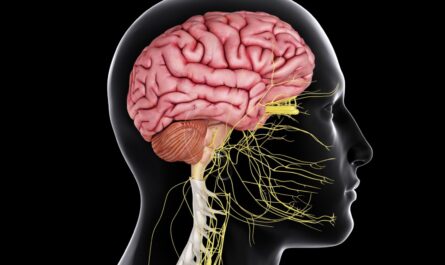Nature has always been a source of inspiration for technological advancements, and despite the challenges posed by human-caused climate change, researchers are continuing to find solutions in the natural world. According to Evripidis Gkanias, a researcher at the University of Edinburgh, “The solutions that are provided by nature have evolved for billions of years and tested repeatedly every day since the beginning of time.” Gkanias believes that nature can also educate artificial intelligence, as human creativity cannot match nature’s robustness.
One example of nature-inspired technology is a compass that mimics the eyes of insects. Some insects, like ants and bees, navigate visually by using the intensity and polarization of sunlight as a reference point. Researchers have replicated their eye structure to create a compass that can estimate the sun’s location in the sky, even on cloudy days. Unlike common compasses that rely on Earth’s magnetic field, which can be easily disturbed by electronic noise, this insect-inspired compass is not affected by such disruptions. The prototype of the light-detecting compass is already working well and could be transformed into a more compact and lightweight product with appropriate funding, according to Gkanias.
Another innovation inspired by nature is a fabric that mimics the silky threads of a spider web. This fabric can collect drinking water from morning mist, which could prove beneficial in regions suffering from water scarcity. The fabric draws inspiration from the feather-legged spider, whose web allows large water droplets to move and collect on its surface. Once the fabric can be mass-produced, it has the potential to harvest water on a considerable scale.
In addition to animals, plants also inspire technology. Scientists have developed an inflatable robot that grows in the direction of light or heat, similar to how vines creep up a wall or spread across a forest floor. This tubular robot, which can grow up to two meters in length, uses fluid-filled pouches for steering instead of expensive electronics. In the future, these robots could be used to find and suppress fire hotspots, especially in cases of smoldering fires that emit significant carbon emissions. However, further improvements are needed to make the robots more heat-resistant and agile.
Nature has also inspired the development of kombucha electronics. Researchers at the Unconventional Computing Laboratory at the University of the West of England have used slimy kombucha mats, produced by yeast and bacteria during the fermenting process of the popular tea-based drink, to create electrical circuits. These circuits can illuminate small LED lights and can be printed onto dried kombucha mats. The mats are sustainable, biodegradable, and can withstand immersion in water for extended periods. This innovation opens up possibilities for incorporating sensors and electronics into wearable materials, seamlessly integrating technology with the human body.
Lastly, a tiny robot inspired by the pangolin, a small mammal with reptilian scales, shows potential for use in medical applications. The robot, designed to roll through the digestive tract before unfurling and delivering medicine or stopping internal bleeding in hard-to-reach parts of the body, was inspired by the pangolin’s ability to curl up for protection. Lead author Ren Hao Soon of the Max Planck Institute for Intelligent Systems found inspiration in the pangolin’s unique structure, which provided both the softness needed for internal use and the advantages of a hard material that could conduct electricity. These tiny robots are still in the early stages of development but could be produced at a low cost.
The examples above demonstrate the immense potential of nature-inspired technology. By looking to nature for solutions, researchers can develop innovative and sustainable technologies that can address various challenges. As Gkanias aptly put it, “Every single design part of an animal serves a particular function. It’s very elegant.”
*Note:
1. Source: Coherent Market Insights, Public sources, Desk research
2. We have leveraged AI tools to mine information and compile it



